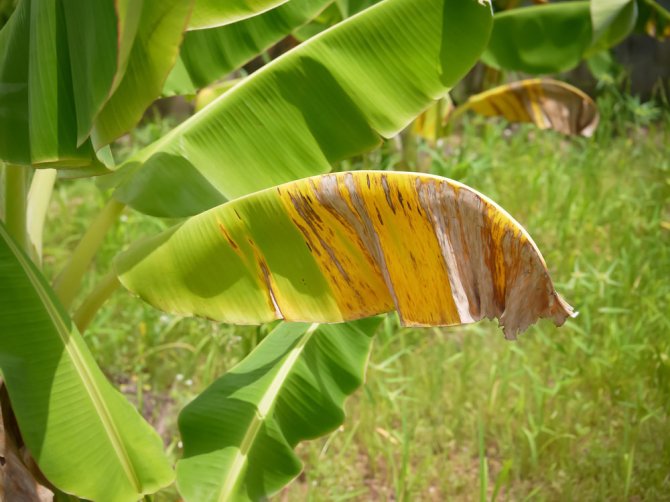
Generic article
The price of a banana
The banana is one of the top three most eaten fruits in the Netherlands. However, how long we will still be able to buy them for, and at what price?
Something seems to be wrong?
If you buy an apple, you can choose between Elstar, Kanzi or Golden Delicious, for example. Peppers are available in every colour of the rainbow, and tomatoes are available in a variety of flavours and sizes. This isn’t the case for bananas. All over the world, just one type of banana is grown for the international market: the Cavendish banana. This dominant cultivar of banana is rapidly replacing local varieties on domestic markets in areas such as India and East Africa. Because it is an extreme monoculture, it is very susceptible to disease.
The World Food Day event, to be held on 14 October in Ede, also includes an excursion to the greenhouses in Wageningen (Dutch) where research is carried out on the banana and other plants.
The banana plant, which grows in the tropics and subtropics, has been plagued by fungal diseases for many years now. All over the world, bananas are being infected with the same leaf and soil-borne fungus. The leaf fungus is responsible for black Sigatoka disease, which growers can only combat by spraying the crops with fungicides. However, this needs to be done more and more intensively, at an increasingly higher financial and environmental cost.

Organic farming cannot solve this fungicide problem. If a plant shows symptoms of black Sigatoka, growers can cut off the leaves, but a plant with few leaves also produces less fruit. What is more, bananas affected by black Sigatoka cannot be exported as they are rotten before they reach the shelf.
More and more land unsuitable for banana farming
The soil-borne fungus (Fusarium oxysporum f.sp. cubense) causes Panama disease, named after the area in which it first appeared. For a long time, the Cavendish banana was resistant to the disease, until a new strain of the fungus developed called Tropical Race 4. This soil-borne fungus enters the banana plant through the root and eventually kills the entire plant. Once a plot of land has been infected, it is no longer possible to grow bananas on that piece of land, including local varieties.
The global nature of Cavendish production means that Panama disease has rapidly spread across the globe, despite the quarantine measures put in place. Large areas of banana plantations in countries such as Jordan, Mozambique, China, the Philippines, Pakistan and Australia are no longer suitable for banana farming because of Panama disease, and only Latin America is still free from TR4.
More and more fungicides
A vicious circle develops: crops are sprayed more and more at an ever-increasing cost, and more and more areas become unsuitable for banana farming. It has now come to the point where this needs to stop. As far as the control of black Sigatoka using fungicides is concerned, Pablo Chong Aguirre writes in his PhD thesis that there are signs that we are reaching a turning point. ‘We can wait for consumers or legislators to force a reduction in fungicide use’, says plant disease expert Gert Kema of Wageningen University & Research, who is specialised in banana disease. In Europe we could manage without bananas, even though it is one of our favourite fruits. But in developing countries it is a staple food, in the same way that potatoes are for us. ‘The diseases therefore do not just affect bananas, but also have serious implications for banana farmers’, explains Kema.
Should we then buy just organic or Fairtrade bananas? ‘Of course, that’s always the better option’, says Kema, ‘but it is just a drop in the ocean because these too are Cavendish bananas.’
What is the solution?
The only sustainable solution is to develop new varieties. ‘We need to ensure more genetic variation in bananas if we are to achieve sustainable production and safeguard the incomes of millions of farmers’, says Kema. It is not just about our bananas. ‘We also have a social responsibility.’ Even so, the number of breeding programmes worldwide can be counted on one hand. ‘That is surprisingly few for such an important food, fruit and fibre crop’, says Kema.

More genetic variation in bananas is needed to achieve sustainable production and to safeguard the incomes of millions of farmers’
How can we increase investment in the development of new varieties? Who is responsible for such investment?
Kema believes it is time that we are made aware of the real costs of producing our bananas in terms of investment in production, labour, packaging, transport, ripening facilities and trade. ‘There are supermarkets in the Netherlands that promise that bananas will never cost more than one euro per kilo. This puts the whole chain under pressure. However, if every trader were to, let’s say, put half a cent per box in a fund for research to increase production sustainability, we could really do something positive. But nobody wants to talk about that.’